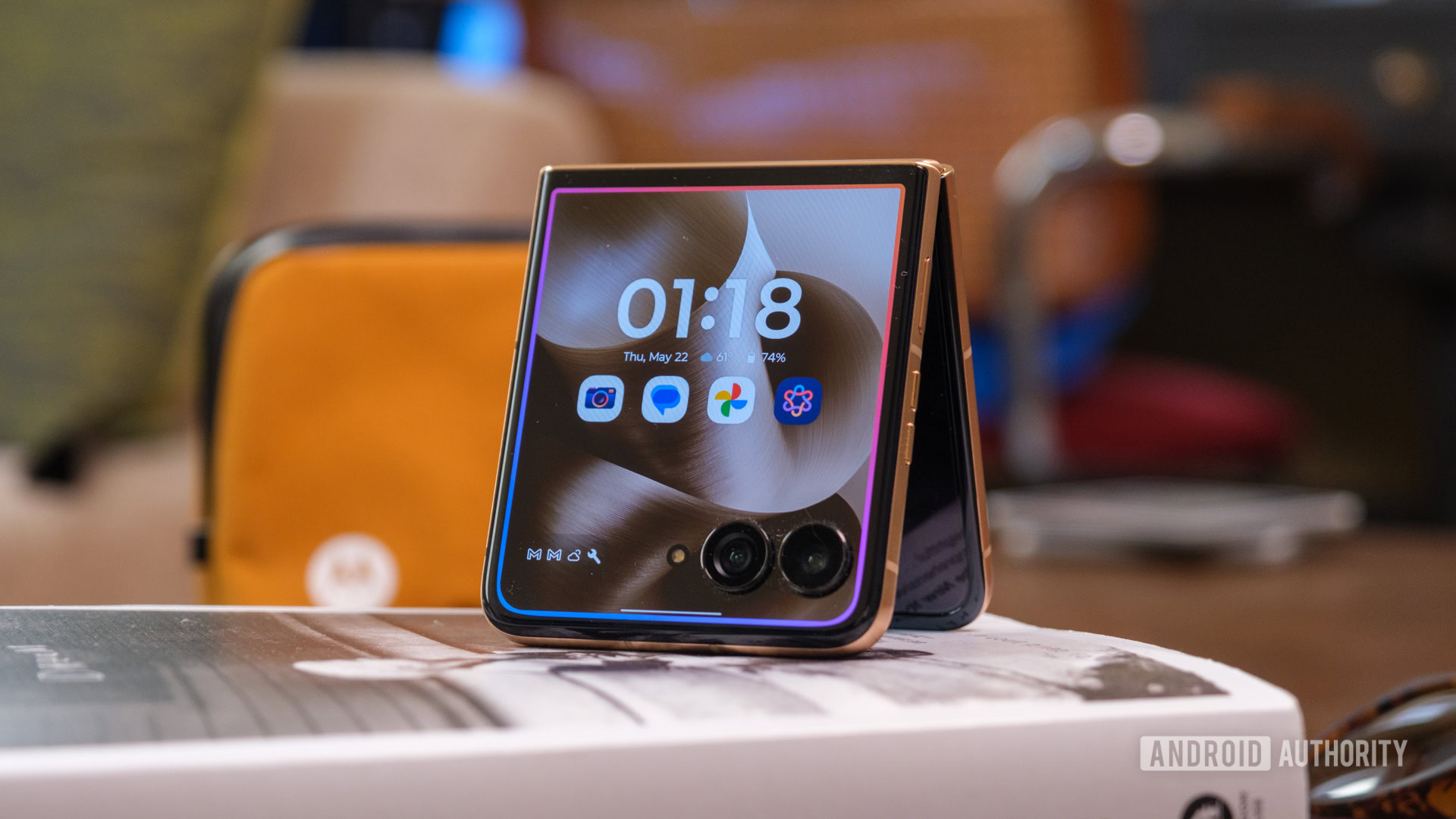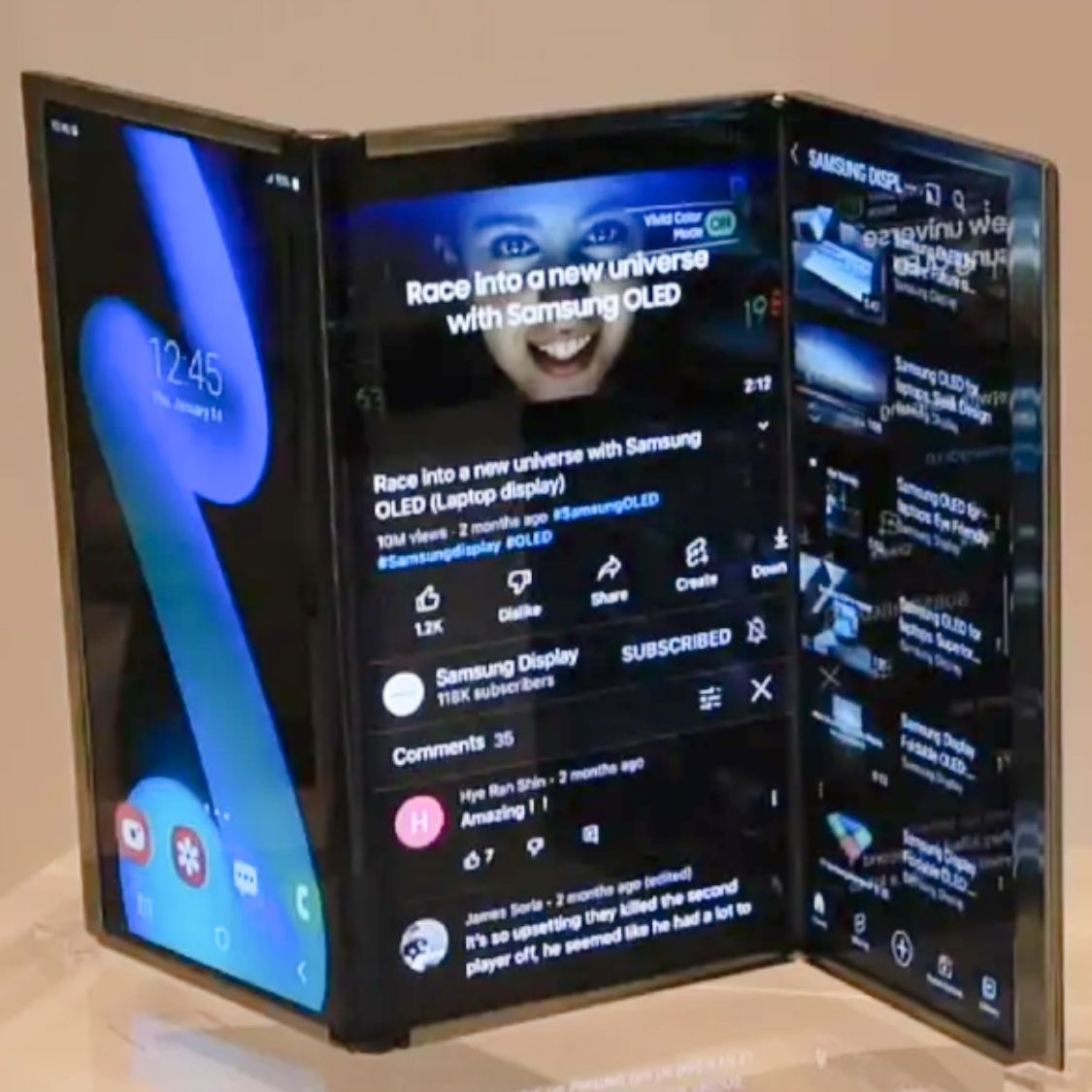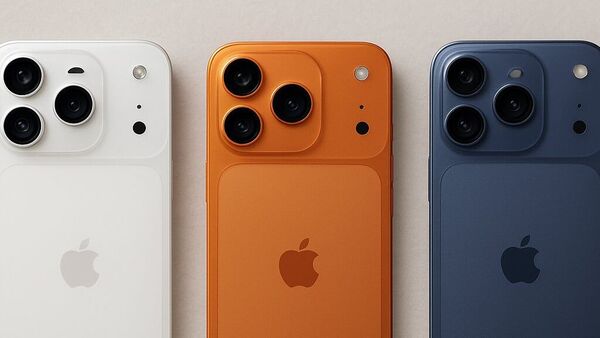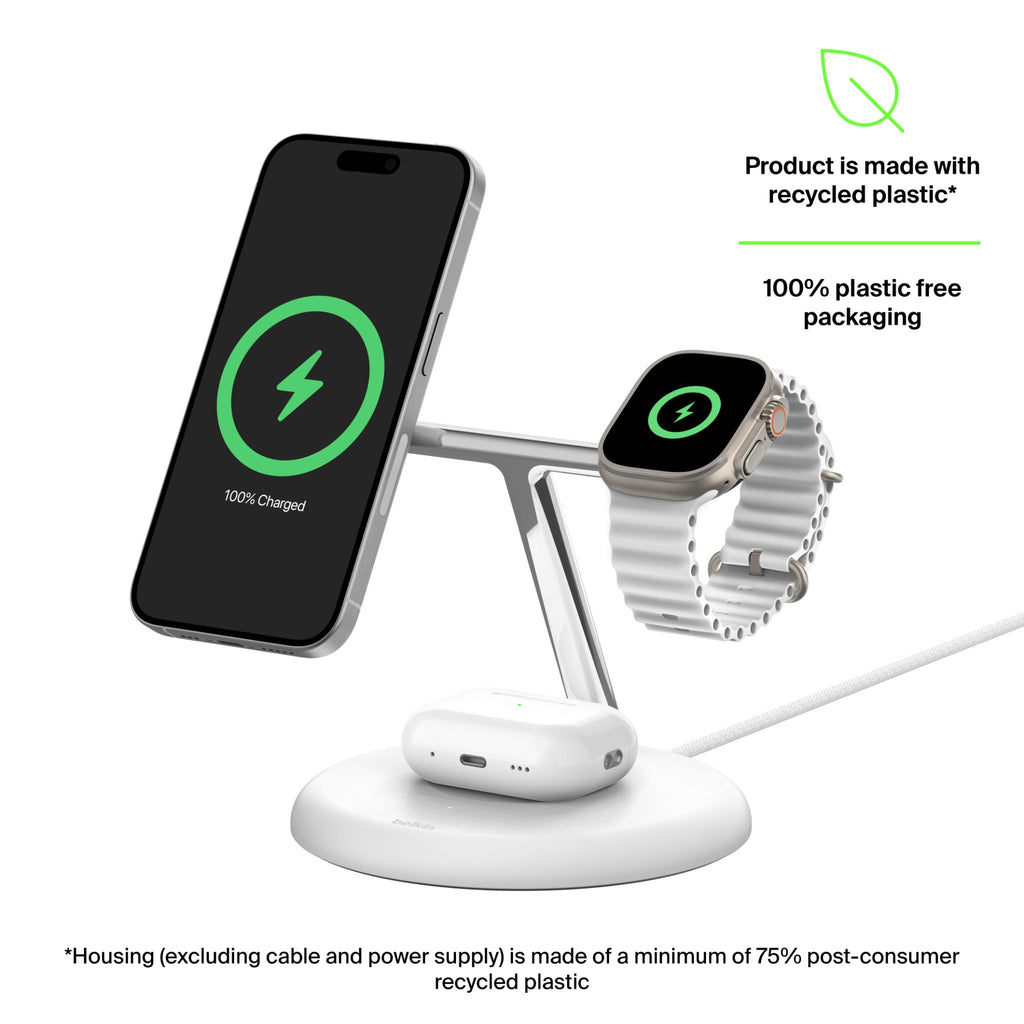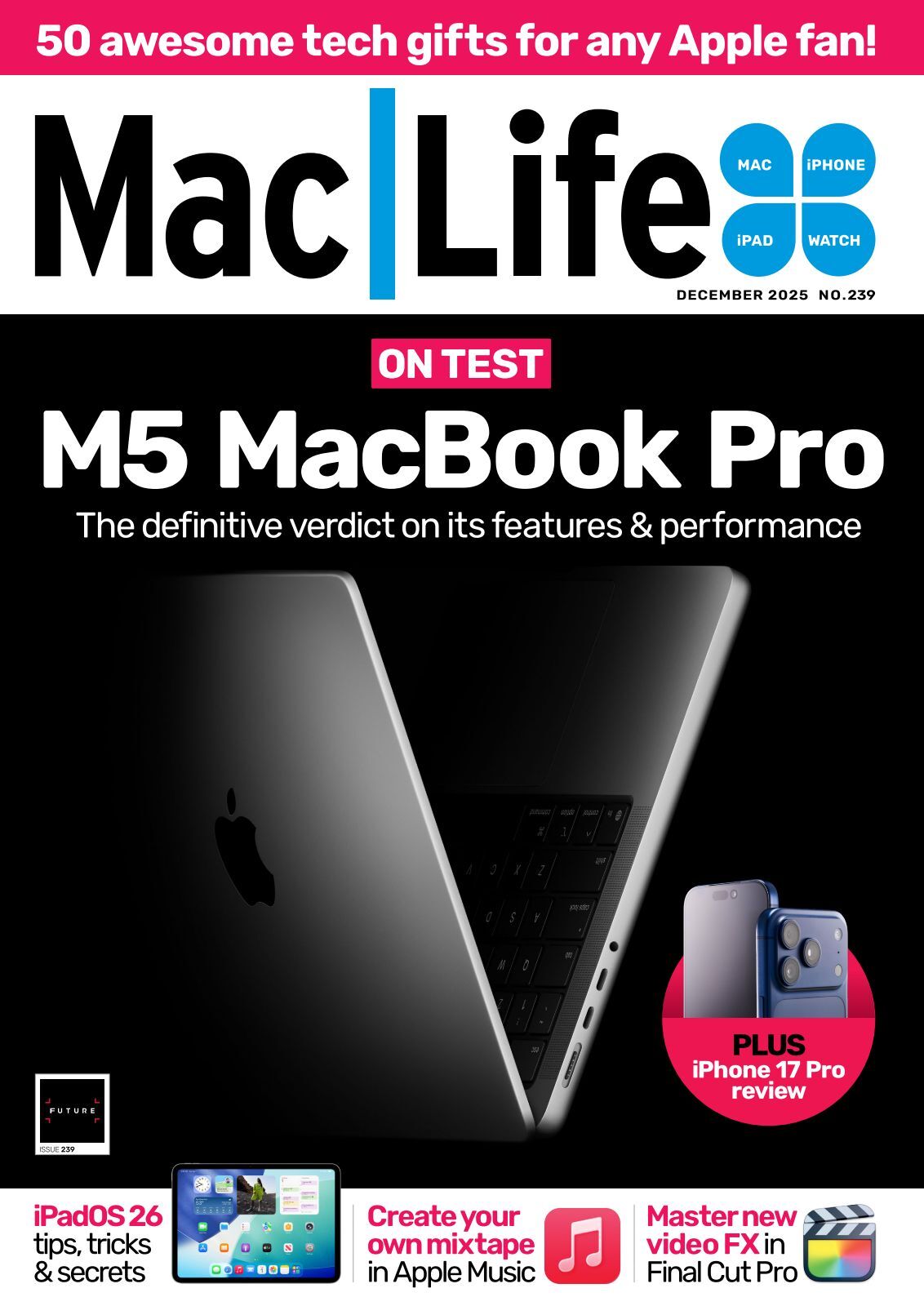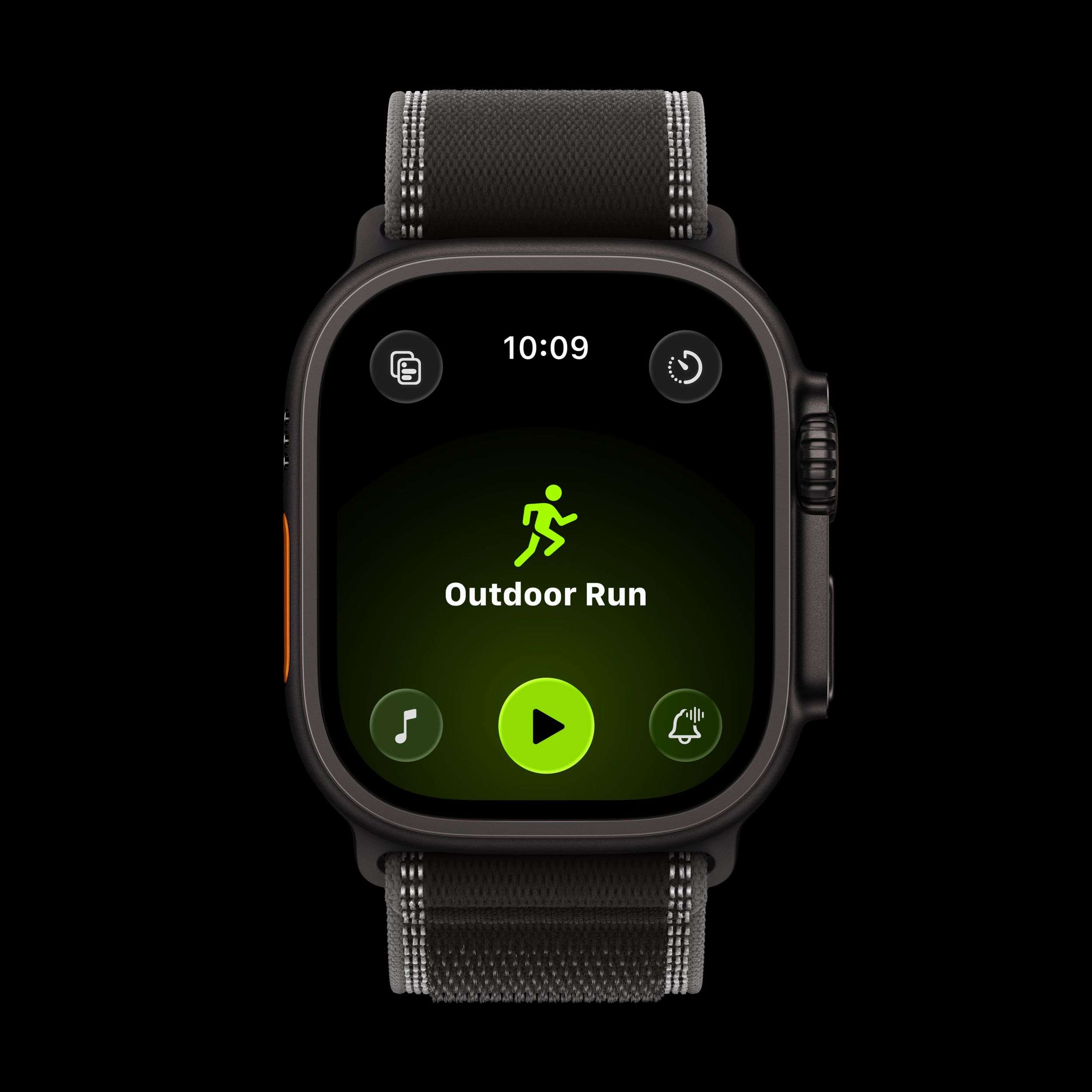Apple is nearing the conclusion of its most triumphant year yet, and December will usher in a plethora of new software and service-related releases for users. Here’s a comprehensive overview of what Apple has in store for December, as well as what to anticipate.
## iOS 26.2, an iPhone update brimming with new features
iOS 26.2 is set to debut in December, featuring a notably rich set of enhancements for iPhone users.
New functionalities for system applications include:
– Upgraded privacy settings
– Enhanced management of notifications
– Fresh customization choices for the home screen
Additionally, several updates related to Liquid Glass are on the way:
– Strengthened durability enhancements for compatible devices
– Upgraded indicators for water resistance
Several updates focus on systemwide features and CarPlay:
– Revamped interface for CarPlay
– Improved app integration for both navigation and music
Lastly, Apple is introducing three modifications specifically for users outside the US:
– Localized features for apps
– Region-specific suggestions for content
– Improved language capabilities
## iPadOS 26.2 reintroduces drag and drop multitasking
When iPadOS 26 was released in September, Apple’s new window management system provided numerous powerful options but did away with some functionalities that were present in iPadOS 18.
With the recent launch of iPadOS 26.1, one significant feature has made a comeback: Slide Over. In iPadOS 26.2, another multitasking feature will return: drag and drop support for managing Split View and Slide Over.
Similar to iPadOS 18, you can now take apps out of your dock or Spotlight searches and reposition them on-screen to drop them into fullscreen, Split View, or Slide Over configurations.
The app icon will change shape to visually indicate what will occur when you drop the app in a particular location. It operates very much like the feature available last year, but retains the extra capabilities of the new window management system.
## macOS Tahoe 26.2 introduces Edge Light feature
macOS 26.2 includes several features reminiscent of those found in iOS and iPadOS, but adds a distinctive new Edge Light feature for video calls.
Edge Light is Apple’s software solution designed to enhance your facial lighting during video calls. It delivers a similar effect to physical ring lights but without the added expense and setup.
Accessible on all Macs equipped with Apple silicon, this feature utilizes the Mac’s Neural Engine to “detect your face, size, and frame position to deliver optimal lighting.” The Image Signal Processor adjusts the lighting to seamlessly blend with your surroundings.
## The initial iOS 26.3 betas
Over the past few years, Apple has traditionally launched the first beta version of its x.3 iOS updates around mid-December prior to the holiday break.
This year might deviate from that pattern, as Apple could decide to reserve iOS 26.3 beta 1 for January.
However, if the company adheres to its recent trend, we can expect the first betas for iOS 26.3 and its complementary updates to arrive in the upcoming weeks, shortly after the general release of iOS 26.2.
## F1 The Movie debuts on Apple TV, alongside additional new releases
Apple TV is set to feature one of its most significant premieres of the year this December.
F1 The Movie will be available on Apple TV on Friday, December 12.
Whether you caught it in cinemas or not, you’ll be able to enjoy Apple’s high-budget summer blockbuster at home as part of your Apple TV subscription.
Other notable highlights on Apple TV’s December roster include additional episodes of Pluribus and Down Cemetery Road, along with a new holiday special and a docuseries featuring six cute and endangered young animals.
## Apple Arcade adds five new games, including major titles
Apple Arcade is set to unveil an exciting collection of games on Thursday, December 4, joining over 200 existing titles.
Five new games will be released on the same day:
– Game 1
– Game 2
– Game 3
– Game 4
– Game 5
Apple Arcade is offered as a standalone service for $6.99 per month or included in the Apple One bundle.
## Apple Music Replay annual summary
Last year, the Apple Music Replay annual summary was released on December 3, so we are likely just days away from the version for 2025.
Apple Music Replay in iOS 26 has become a fully integrated in-app experience, eliminating the need to access web views or visit a separate site.
While having access to Apple Music Replay throughout the year, featuring monthly statistics, is enjoyable, it’s always exciting to see what special offerings Apple’s team prepares for the yearly recap at the end of the year.
## What’s unlikely to arrive: new hardware
Apple seldom unveils new hardware products in December, making it improbable that we will see any new hardware before 2026.
The company has long been speculated to announce several new products soon
Read More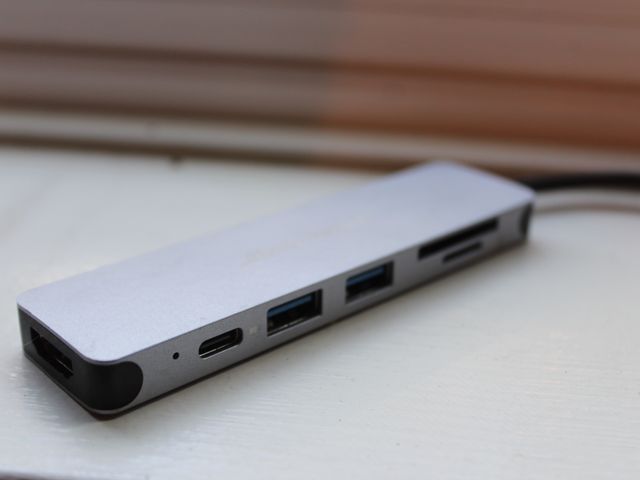
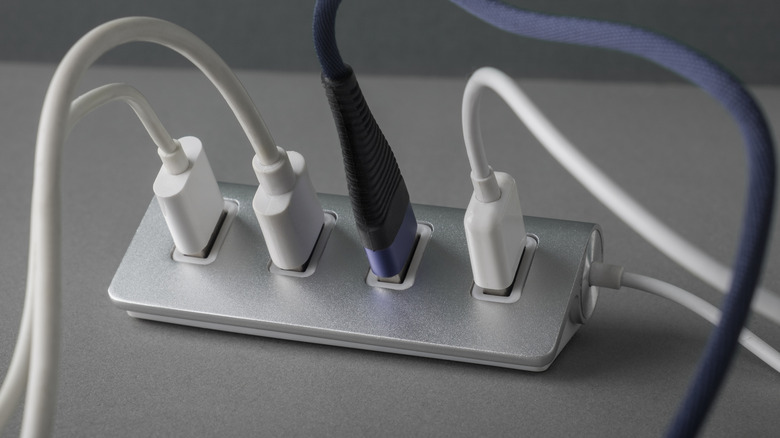 Read More
Read More
